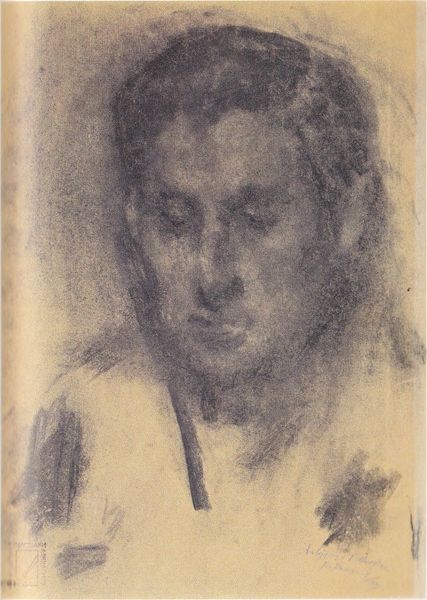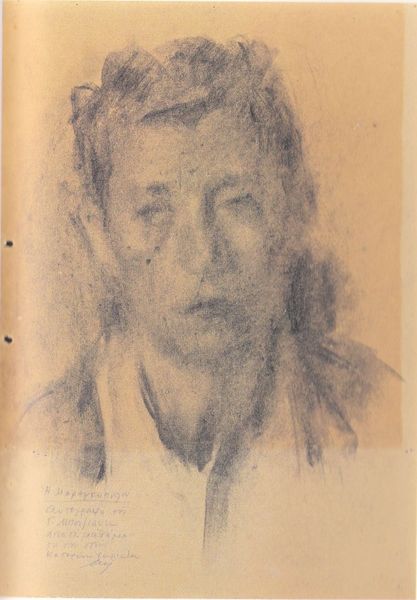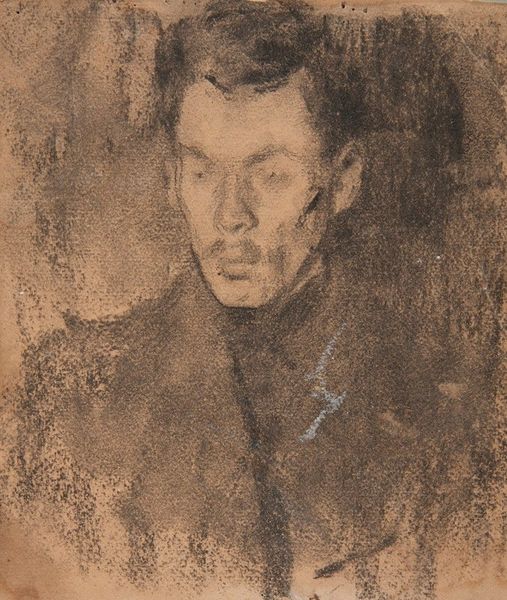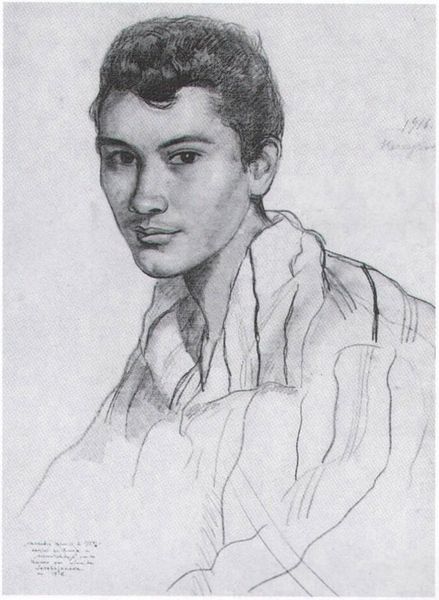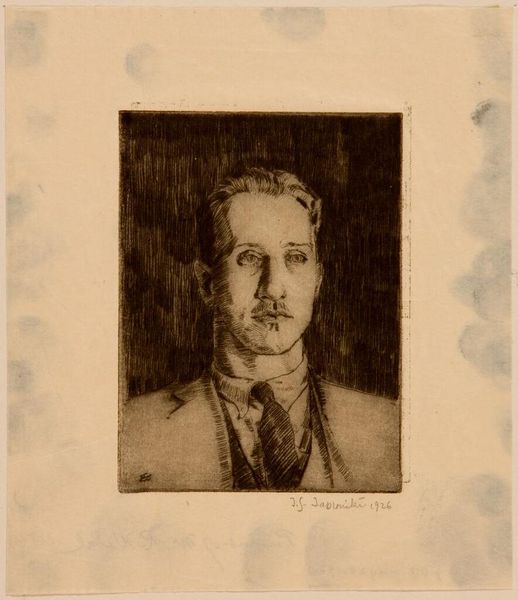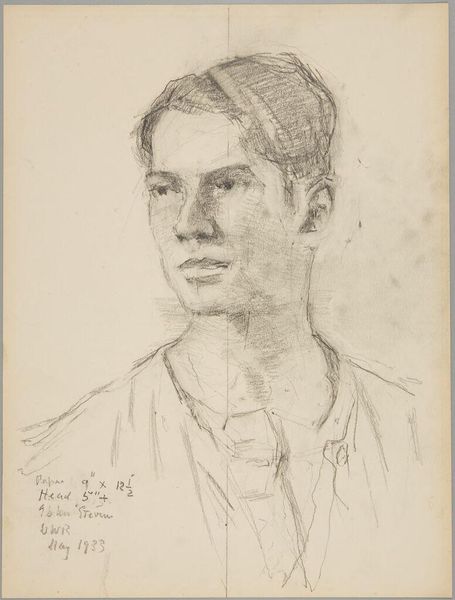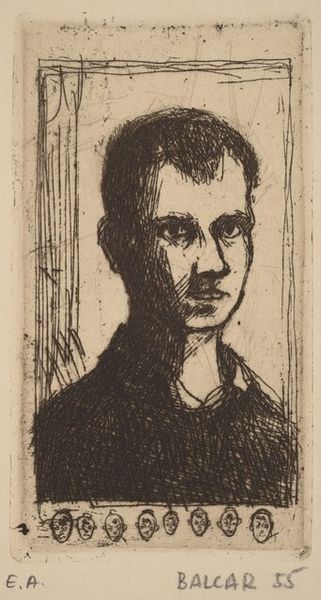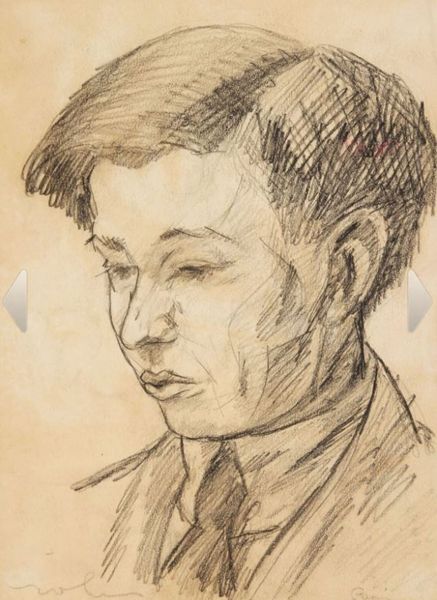
drawing, paper, pencil
#
portrait
#
drawing
#
figuration
#
paper
#
sketch
#
pencil
Copyright: George Bouzianis,Fair Use
Curator: This "Portrait" by George Bouzianis is a sketch done in pencil on paper, rendered in a style that feels both classic and raw. What grabs you first? Editor: That dreamy, hazy quality—like trying to recall someone from a forgotten dream. And it is quite ghostly for something seemingly so simple. Is this drawing on brown paper? That could significantly affect our perception of the work’s value. Curator: Yes, the tan of the paper warms the cool graphite, aging the image with nostalgia and highlighting the ephemeral quality you mention. There’s text scrawled at the bottom—any clues there about its making? Editor: Potentially—text at the bottom suggests this was likely a preliminary sketch for a more ambitious artwork or possibly a portrait commission. The sketch medium implies an experiment. I am interested in the accessibility of its production through cheap and easily obtainable material and whether Bouzianis purposefully aimed for simplicity. Curator: Maybe it's less about the medium itself and more about the *act* of sketching, a way for the artist to intimately connect with their subject and capture their essence in those initial strokes. Look how the lines dance around the figure, light yet urgent! It’s less about polished representation and more about a living presence. Editor: Sure, but consider this portrait's place in the art market. Drawing's historical status as "lesser" due to its being used in preparation or for mass-reproducible graphic design—often obscures how much more affordable the artworks are. So how are labor practices contributing here? And does his portrait challenge the boundary between art and commercial product? Curator: True! There is a humbleness of presentation here which speaks against any deliberate intention to create something overtly "precious". Rather, it invites us to contemplate the human condition stripped bare. I'm also wondering... Do you feel that sketchy, unfinished style reflects on the persona, maybe questioning ideas of perfection? Editor: Absolutely. And I find myself drawn back to the material – that tan paper provides a sense of historical context. It brings up how crucial material availability, such as graphite production or paper mills, were and are in portraiture traditions, often defining who gets remembered through art and who does not. Curator: On second thought, I completely agree with you! This portrait does prompt vital conversations around value, labour, and remembrance, especially by considering those often-overlooked materials which are fundamental to its presence here. Editor: Exactly! It goes to show that art always echoes the society and conditions that birth it.
Comments
No comments
Be the first to comment and join the conversation on the ultimate creative platform.

